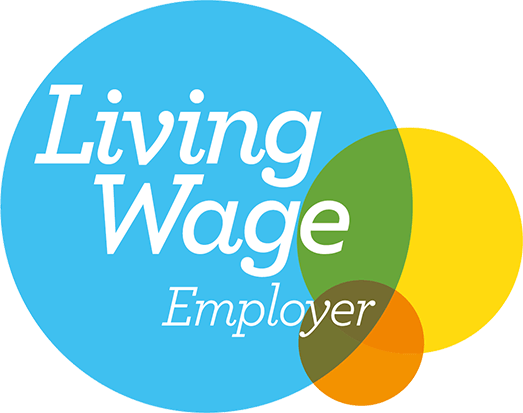News
What’s next for local Housebuilding Targets?
17 March 2022
‘We need changes to the current system to housing targets which are creating intolerable pressure for over-development’

Since it’s rise to prominence following issuing of national planning guidelines by the 2012 government, the requirement for councils to demonstrate a 5-year housing land supply (5YHLS) has represented a ‘carrot and stick’ approach in ensuring that enough land comes forward in the system - although arguable. In combination with the presumption in favour of sustainable development and the still relatively recent Housing Delivery Test, the current system is intended to govern by increasing or decreasing the level of control that LPAs have over crucial housing decisions – whether it sufficiently achieves this, however, is another matter.
As planning pops up more and more in national news in the aftermath of the Government’s about-face on the long-awaited shake up to the planning system, the message that 5YHLS is still set to change emerges. With new housing minister, Stuart Andrew, recently stating that the Government are currently ‘reviewing the planning system, including the role of the five-year housing land supply policy, and considering its alignment with and support of the levelling-up agenda’. This is in line with Michael Gove’s announcement just under two weeks ago stating that more limited changes to planning rules will be incorporate as part of a Levelling up and Regeneration Bill, which will be set out in the Queen’s Speech in the spring.
Having previously been proposed in the now binned Planning White Paper, the standard method used to calculate the 5YHLS is set to change, as the government has been suggesting changing the way in which the standard method is calculated. Unlike the current method, the new calculations should take account of local constraints on delivery to produce ‘binding’ local housing targets that local authorities would have to meet. Initially the proposal to amend the calculations was met with uproar particularly in Conservative ‘safe’ seats, culminating with Lib Dem victory in Chesham and Amersham in June 2021, in which concerns around HS2 and planning were prominent issues. This acted as a warning shot of what could happen if the Government continued their current line. However, it is now being suggested that even the current system is too demanding, with one MP stating ‘we need changes to the current system to housing targets which are creating intolerable pressure for over-development’.
The question now remains whether the Government’s initial U-turn away from the Planning White Paper and standard method approach may result in a full-blown retreat, with pressure being applied for the current system of housing targets to also be reduced. This would raise serious concern over whether key items of the Government’s levelling up agenda, such as the delivery of 300,000 homes per year, will be met. The planning system is currently left in limbo as a result, emphasised by the local plan drafting system almost grinding to a halt. With it being recorded that at least ten local authorities have either withdrawn, paused or delayed their local development plans over the past six months, the main reasoning seems to be the Government’s unclear direction surrounding national planning policy. Reasoning for this grinding halt is purely political, with local MPs and LPAs avoiding the difficult decision in a game where the rules may have completely changed between the local elections in May 2022 and 2023.






